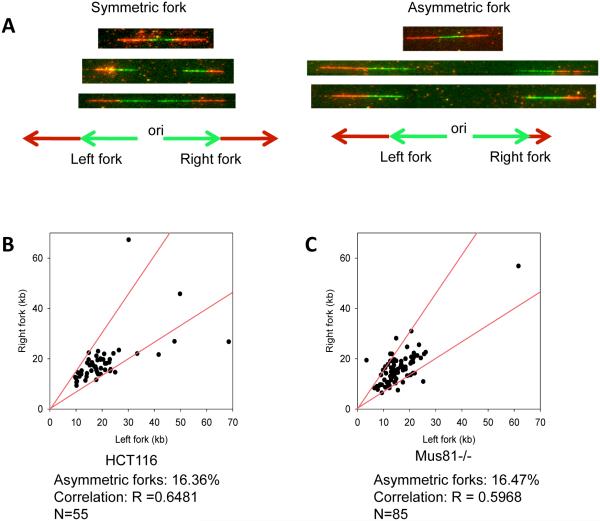Figure 2. Mus81 deficiency does not trigger replication fork asymmetry.
HCT116 cells were sequentially labeled with IdU (green) and CldU (red) and then subjected to single fiber replication analyses as described in the legend to Figure 1. For each replication origin, the length of the right-fork signal was measured and plotted against the length of the left-fork signal. If the ratio between the left-fork length and the right-fork length deviated by more than 33% from 1 (i.e., outside the red lines in B and C), the fork was deemed asymmetric. (A) Examples of symmetric and asymmetric forks. (B,C) The percentage of asymmetric forks was calculated for both Mus81-proficient (B) and Mus81-deficient (C) cells. For Mus81-proficient and Mus81-deficient cells, 55 and 85 forks were counted, respectively.

